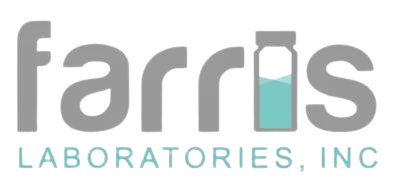Xylocaine vs Lidocaine
Many of the millions of Americans who undergo surgery every year will receive a local anesthetic like Xylocaine or Lidocaine to help reduce pain during the procedure. Both are used to numb a particular area of the body, preventing pain during the procedure and helping relieve pain after.
Xylocaine and Lidocaine are essentially two names for the same kind of medicine, and they are often used interchangeably. This can get a little confusing at times, so read on to learn more about the two terms.
Xylocaine vs Lidocaine
Xylocaine is the primary brand name for an anesthetic called Lidocaine. It is a local anesthetic, which means it lowers the body’s ability to feel pain in the area where it was injected. This is different than regional anesthesia, which is a medicine that puts people to sleep before surgery. To prevent feelings of pain, Xylocaine makes the part of the body where it was injected feel numb.
Lidocaine is the more generic name for Xylocaine and has very similar effects and uses. It can be used to treat minor burns, bug bites, and scrapes, and to stop itching sensations and pain from some skin conditions. Lidocaine also acts as an anesthetic lubricant for endotracheal intubation, which is a medical procedure where a tube is placed into a person’s windpipe through the mouth or nose to help keep their airways open. The medicine is used when a tube is inserted and when it is being removed to suppress a person’s cough reflex. In these cases, Lidocaine is applied topically or even sprayed rather than being injected.
Both Xylocaine and Lidocaine come in various forms, including sprays, injections, patches, and creams, all of which contain the same active ingredient – Lidocaine. Both also work in the same way by blocking nerve signals in the body.
Xylocaine and Lidocaine can cause similar side effects like dizziness, double or blurred vision, twitching, breathing problems, and cardiovascular collapse that may lead to cardiac arrest.
Some factors can influence how quickly a person may feel the effects and how strong the effects are, including:
- How much is absorbed by the body and how fast it is absorbed.
- The concentration of the dose.
- The specific site of the application. For example, Xylocaine is ineffective on intact skin.
- The duration of exposure.
Brand vs. Generic
Xylocaine and Lidocaine do differ in a few key ways.
- Brand versions like Xylocaine are usually more expensive and readily available than the more generic Lidocaine.
- Xylocaine is used more often to numb the surgical area during minor procedures, like dental work. Lidocaine is commonly used to numb an area of the body to help reduce pain or discomfort caused by invasive medical procedures such as surgery.
- Xylocaine takes effect three to five minutes after being administered and lasts between 30 minutes to 3 hours, while Lidocaine takes effect in less than two minutes and lasts between one to two hours, depending on the administered dosage.
Prior to using either medicine, it is important to consult a healthcare professional for the appropriate dosage and usage. It is also worth noting that Lidocaine and Xylocaine products come as both prescription and over-the-counter medicine, with the difference being that the FDA does not regulate the over-the-counter products. Also, keep in mind that over-the-counter products have not been subject to the same clinical trials required for prescription products.
We know how important it is to make that procedure as painless and stress-free as possible, so we aim to be the go-to destination for doctor's offices, urgent care centers, assisted care homes, and many other medical and pharmaceutical organizations to get the wholesale medical supplies they need. Contact us at Farris Labs today if you are looking for a trusted medical supplies provider.




